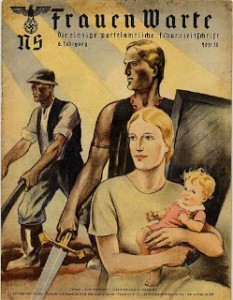After the First World War, empires, both big and small, were trying to rebuild themselves to become stronger. Their economies were extremely weak and their population had greatly decreased due to all of the deaths during the war. Nations wanted their economies to be stronger by increasing industrialization and in order to do this, governments focused on family planning and parenthood.
All of Europe and the Soviet Union were focused on re-boosting their populations looking closely at birth rates. In Wendy Goldman’s text, Revolution and the Family, she goes into great detail about the issues surrounding family planning and parenthood just before the Second World War, specifically in the Soviet Union. The government outlawed abortion, created incentives for child bearing, and made it extremely difficult to divorce your partner. In Russia however, women entered the work force, which increased industrialization, but decreased birth rates. Due to both women and men being outside the house working all day, children were abandoned and neglected at home and would turn to petty crimes. The government then really focused on the family life and required parents to focus more attentively on their children and their education.
The picture attached to this blog is propaganda in Russia trying to get families to have more children. Families that had a certain amount of children were given incentives by the government and the more children you had the more they would pay you. The Soviet Union ran into the issue of there not being enough space for all of the children, especially in detention centers where they were sent when they got into trouble.
Due to strong government opposition and propaganda, birth rates did increase and the Soviet Union did find a complete balance between the work force and families.
Image source: http://takimag.com/article/motherland/print#axzz2fO2NkSzJ



